Latin name: Erodium
Category: perennial and annual herbaceous flowering plants
Origin: Europe, South Africa, Australia
Stork – spectacular blooming watercolor exotic
The natural plant world is generous with touching unique stars that look great on the alpine slides. The main of these exotics is the stork, which can be put on a par with the legendary edelweiss.
Despite the fact that amateur gardeners are generally familiar with the culture in the form of an aggressive and annoying fellow weeds, the stork has its own preferences and is quite capable of surprising with the diversity and variegation of varieties.
Thanks to its velvety dense leaf plates, imitating luxurious fabric and dazzling, quivering and shining flowers, this exotic attracts the interest of others.
This wonderful summer blooming spectacular vegetation can spread extremely quickly over vast areas. There are very decorative varieties of stork.
Storks blooming all summer look original in the form of tapeworms, decorating borders and lawns. It is impossible to take away a wonderful property from a rake – to complement any flower arrangement with its uniqueness.
Flowerpots with a stork, located on terraces, balconies, and recreation areas look great.
The beauty of tiny delicate graceful flowers can elegantly ennoble rock gardens, rockeries, areas covered with gravel, rocky crevices of garden plots.
Garden rakes will look original and charming in company with other interesting plants, such as amaryllis, armeria, asparagus, berlandiera, krinum, nerine, sedum, yucca.
Stork (Erodium) – the genus is represented by herbaceous, sometimes semi-shrub perennials and annuals in the Geranium family (Geraniaceae). In nature, there are about eighty varieties of this culture.
Europe, Asia, Africa, Australia and America are considered native land and acceptable territories for the distribution of the stork.
The scientific name of the plant is Erodium, its origin comes from the Greek word "Erodius", which means "heron" in translation because of the fruits of the stork, which are identical with the bird's long beak.
The second biological name of the flower is the cicutus stork (Erodium cicutarium). It originates from the word cicuta (cicuta) because of the same smell of the leaf plates of the stork and the milestone poisonous (cicuta virosa).
There are also popular names for erodium. He is called:
- needle case;
- a rake;
- tsikutovy crail;
- crane nose.
These amazing garden rakes are distinguished by a variety of appearance depending on the variety. They are medium-sized and very short. This vegetation can exceed a half-meter barrier in height, and grow only up to a ten-centimeter height.
The erodium flower has green, rough, sticky stems branched near the soil. They can crawl along the ground or choose an upright position. As they mature, the stems become reddish.
The leaves on the stalks are opposite, with original simple pubescence with glandular hairs.
The hairs are saturated with essential oils that emit a fragrant smell of geranium.
The pubescence helps the leaves to adapt to the heat and dry soil. Leaf plates are most often a rich emerald color, but in some species the leaves have a tone of light green.
The roots of different varieties of storks are different. They are:
- Fibrous – represented by thin adventitious roots in large numbers, they are located mainly closer to the surface of the earth;
- Rod – well penetrate deep into the soil, they are located in a large number of lateral branches.
The flowering period of the stork begins in May and can last until the autumn cold snap. At this time, the culture is decorated with umbellate or few-flowered inflorescences collected from actinomorphic five or eight-membered flowers.
The color scheme is varied. You can admire purple, pink, crimson. In some varieties on flowers of white or cream color, you can contemplate the presence of burgundy, pale blue, purple stripes.
After the end of flowering, fruits appear on the bushes, representing boxes with tails that resemble the beaks of a heron.
Types of stork
Common stork (Erodium cicutarium)
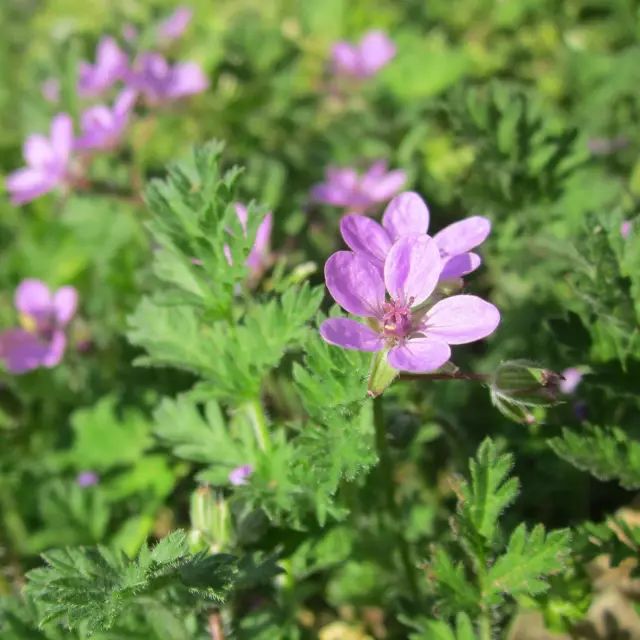 Even wild-growing varieties of erodium have become one of the vegetation requested by gardeners and specialists with delicate, unpretentious, surprisingly cute flowers with red-pink tones and a variety of shades.
Even wild-growing varieties of erodium have become one of the vegetation requested by gardeners and specialists with delicate, unpretentious, surprisingly cute flowers with red-pink tones and a variety of shades.
This species, which grows in the wild, is also called the cicut stork, the hornbeam, the cicut crail. The culture is undersized, gaining height up to fifteen centimeters. This vegetation grows as a weed. Fields, forest edges, cottages, wastelands are considered suitable areas for the common stork.
The bees also appreciated the beneficial properties of the stork.
Erodium is a wonderful honey plant.
The plant has medicinal properties: hemostatic, astringent, anticonvulsant.
Traditional medicine has appreciated the healing properties of the stork. Decoctions of herbs are used to treat hemorrhoids, angina pectoris, gynecological diseases, pleurisy, intestinal disorders, and inflammatory pulmonary processes.
When using tincture from the stork, you can reduce nervous conditions.
Children's diathesis, fright, convulsive conditions can be cured by using baths with erodium.
Powdered dry stork grass is sprinkled on the wounds of animals.
Variable Stork (Erodium Bishop's Form)
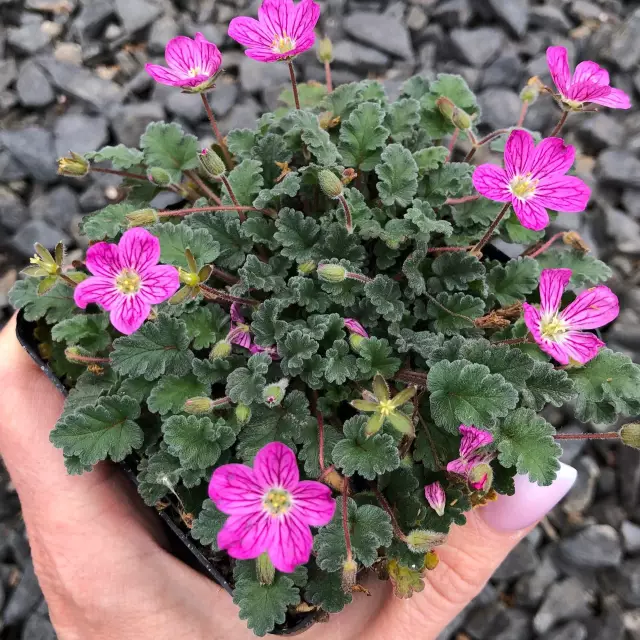 Interesting compact variety of stork. Ten-centimeter bushes resemble pads, collected with small filigree leaves. It blooms throughout the season with small dark pink flowers, decorated with purple-reddish veins.
Interesting compact variety of stork. Ten-centimeter bushes resemble pads, collected with small filigree leaves. It blooms throughout the season with small dark pink flowers, decorated with purple-reddish veins.
The changeable stork looks wonderful in rock gardens, it perfectly decorates the crevices of stones.
Golden stork (Erodium chrysanthum)
 A low-growing, very slow-growing variety with beautiful silvery, greenish-gray foliage resembling needles. In the summer off-season, the plant blooms with yellowish-gray flowers identical to daffodils, on which there are pronounced dark veins. Flowers are collected in clusters-bunches on fifteen-centimeter peduncles.
A low-growing, very slow-growing variety with beautiful silvery, greenish-gray foliage resembling needles. In the summer off-season, the plant blooms with yellowish-gray flowers identical to daffodils, on which there are pronounced dark veins. Flowers are collected in clusters-bunches on fifteen-centimeter peduncles.
This species of stork is dioecious. Flowers of female type – yellowish have a purple pistil and dark veins. Male-type flowers are large cream-colored, and the veins are white, anthers are pink.
Dubrovnik-shaped stork (Erodium chamadryoides)
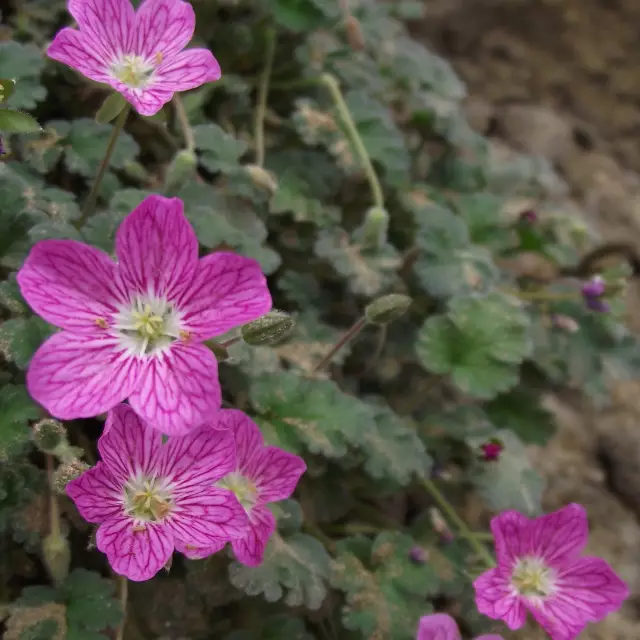 It has established itself as a reference, the most beautiful and elegant winter-hardy perennial.
It has established itself as a reference, the most beautiful and elegant winter-hardy perennial.
The height of the Reichard stork reaches twenty centimeters.
The uniqueness of this ground cover species comes from lush solid carpet cushions, organized by raised stems, on which medium-sized oval dark green leaf plates are densely located.
On the flowers of a white or pink shade, the streaks of purple-red color look original. Flowering pleases with the onset of summer warming.
Dubrovnik-shaped stork is a winter-hardy variety, can withstand frosts within 23°C, it is not necessary to insulate it.
These long-blooming perennials prefer open, well-lit areas with well-drained soil dominated by calcium impurities.
Stork Care
This interesting vegetation belongs to weeds, has endurance and is absolutely unpretentious in care.
Storks are the most unpretentious flowers for giving. This drought-resistant culture, grows well on poor soils, is not too demanding on watering and fertilizing.
When growing it, it is enough to get by with standard measures.
Choosing a place for a stork
When growing a stork in the garden, you need to choose an area with good lighting to get a gorgeous flowering plant. If the summer time is too hot, the needler will want to be in the shade for a while. The most suitable areas are on the south side, on which the sun shines in the morning, and at noon a light penumbra sometimes appears.
The soil
These hardy garden flowers desire to grow in areas with loose, permeable, light, slightly alkaline substrate that contains organic matter.
The most ideal option for planting erodium would be a soil mixture composed of:
- Sand component;
- rubble;
- peat
- compost;
- perlite.
Manure and vermiculite should not be added to the soil.
Watering
Careful watering for young seedlings is required so that the plant acquires a good root system.
Adult bushes can be content with natural precipitation. But to maintain a constant decorativeness of the plant, high-quality watering is desirable. It is possible to build irrigation grooves for water on the site. Between waterings, the soil should be dry, but the plant should not fade, because this will affect the quality of the flowering period.
Top dressing
To maintain the decorativeness of the stork and admire its lush flowering, it is advisable to fertilize in the form of complex mineral fertilizers or nitroammophoska.
Pruning
Unpretentious garden flowers erodium, to preserve their decorative appearance, prevent diseases and improve flowering, it is advisable to regularly cut dried leaves and faded flowers.
In a room stork, it is advisable to pinch the points of growth. The plant will be more lush.
Stork breeding
You can get young specimens of the plant using:
- cuttings;
- seeds;
- dividing the bush.
Diseases and pests
The robber has developed a certain immunity to various diseases. And harmful insects bypass it. The stork is the owner of a specific smell and very hard pubescence. These two factors do not like insects at all and scare them away.
The crane's nose will be uncomfortable growing with:
- Waterlogged nominal substrate;
- Extremely high humidity.
These situations can cause the plant to develop putrefactive processes that will lead to the appearance of fungal diseases and infections.
If the leaves become speckled, it is urgent to turn to the use of fungicidal preparations. It is possible that the hornbeam grows in too heavy soil - an urgent relocation is necessary in a disinfected soil mixture.
With good care, the perennial erodium will delight with its beauty, uniqueness and exoticism for a long time, without degenerating and without losing its decorative effect.
The natural environment is rich in diversity and variety of very attractive and mesmerizing vegetation. It is easy to get acquainted with interesting cultures such as exochord, birdman, chrysanthemum, primrose if you open the catalog of indoor plants from a to z on the site.















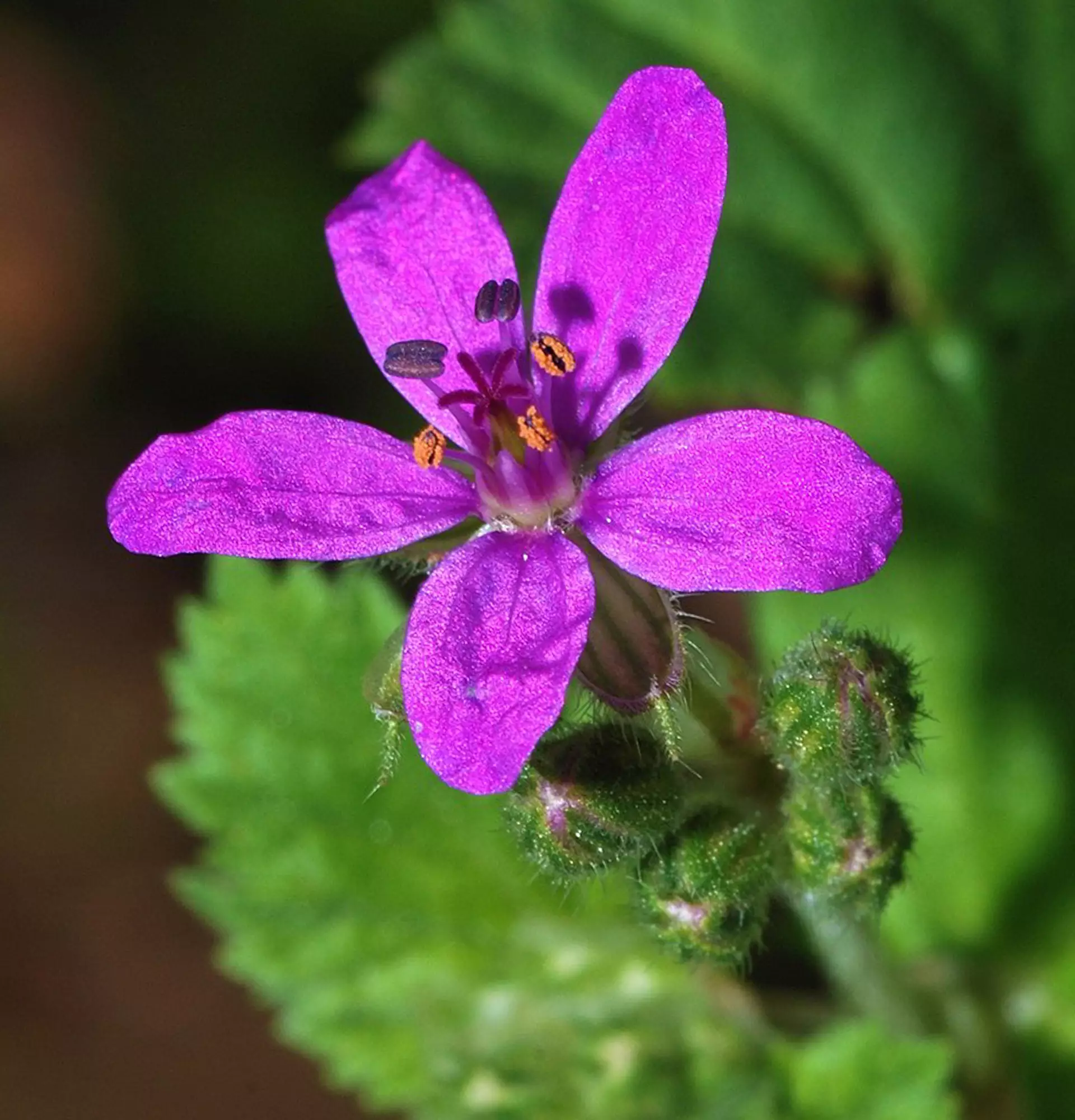
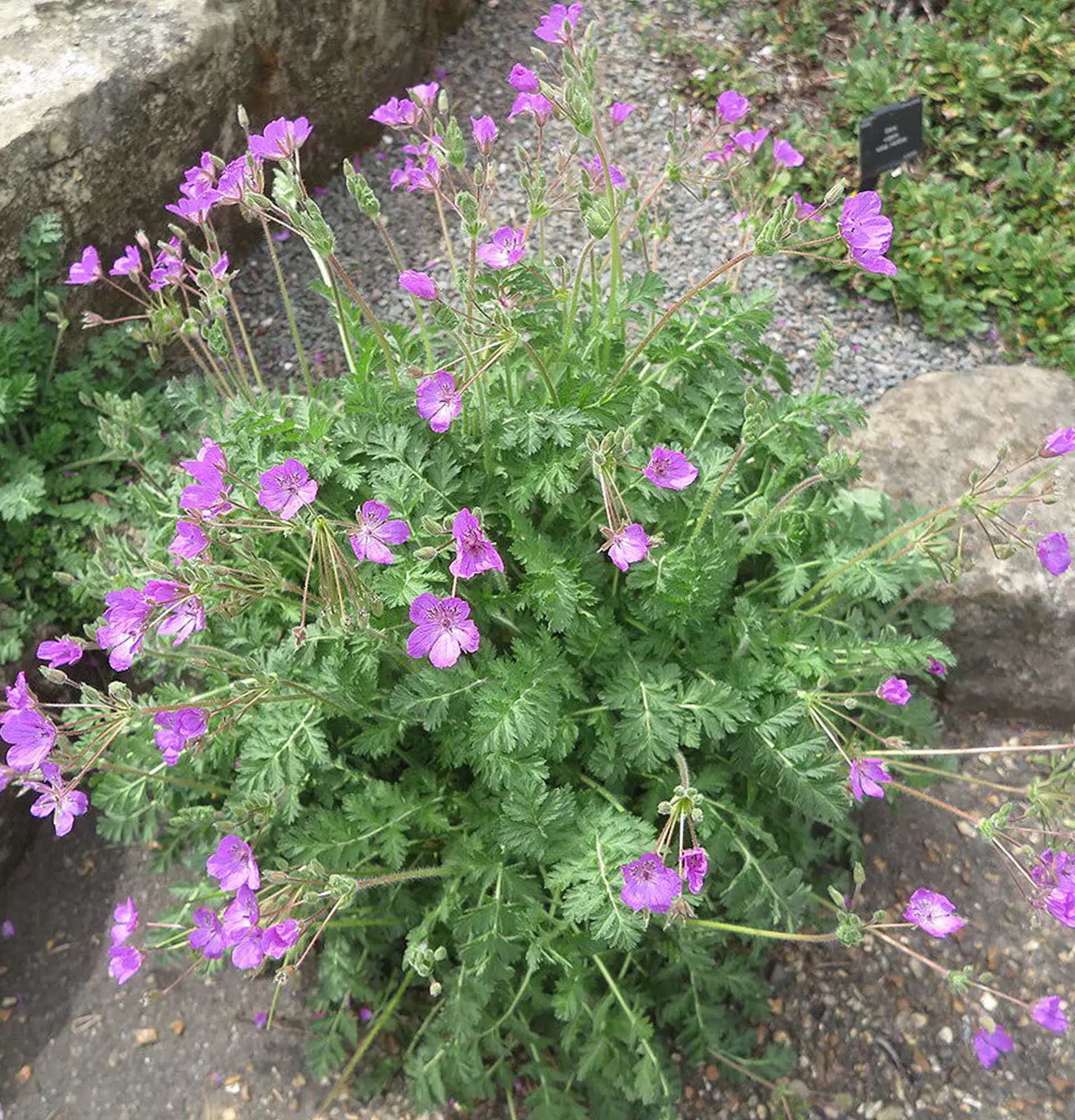
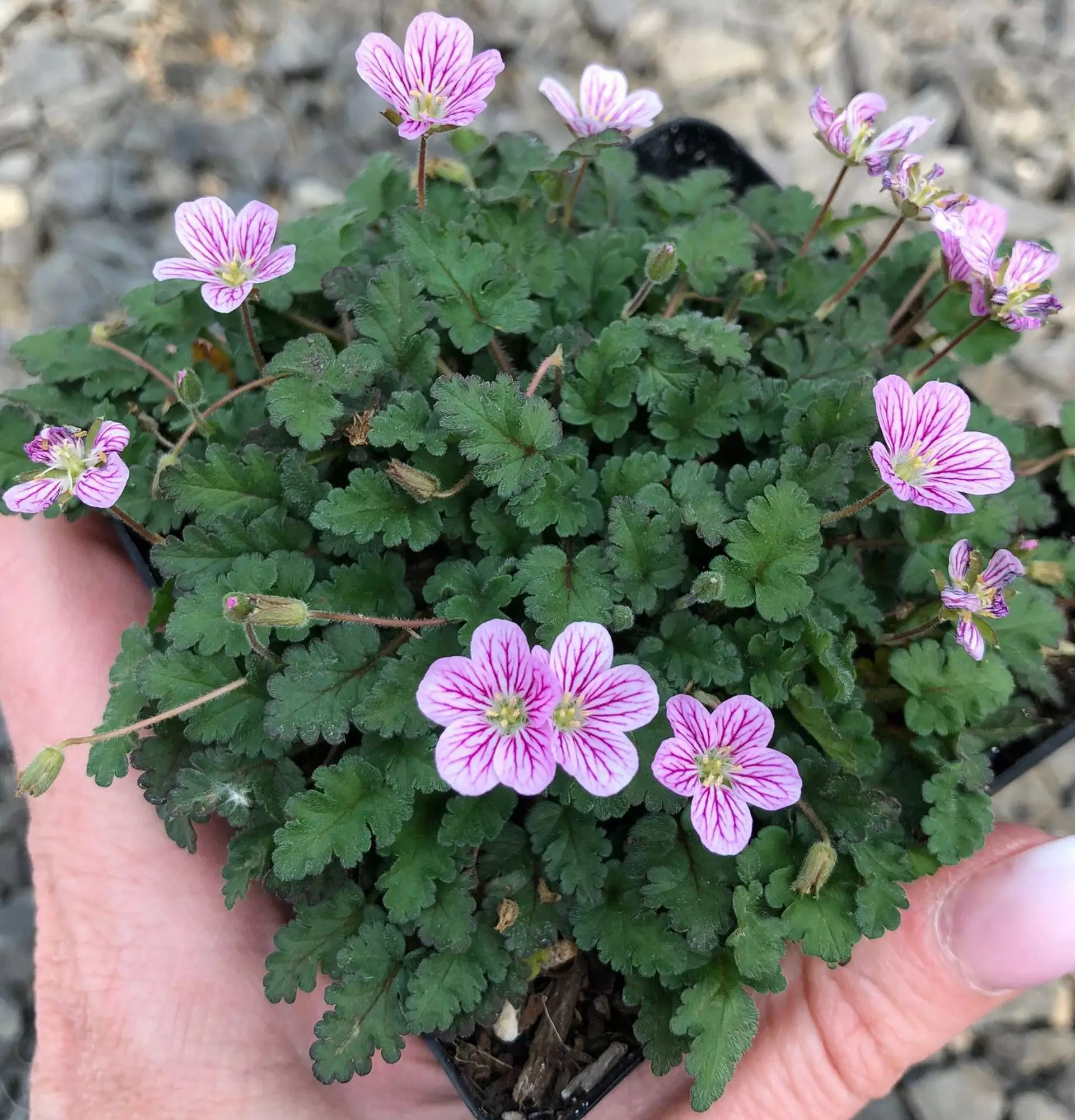
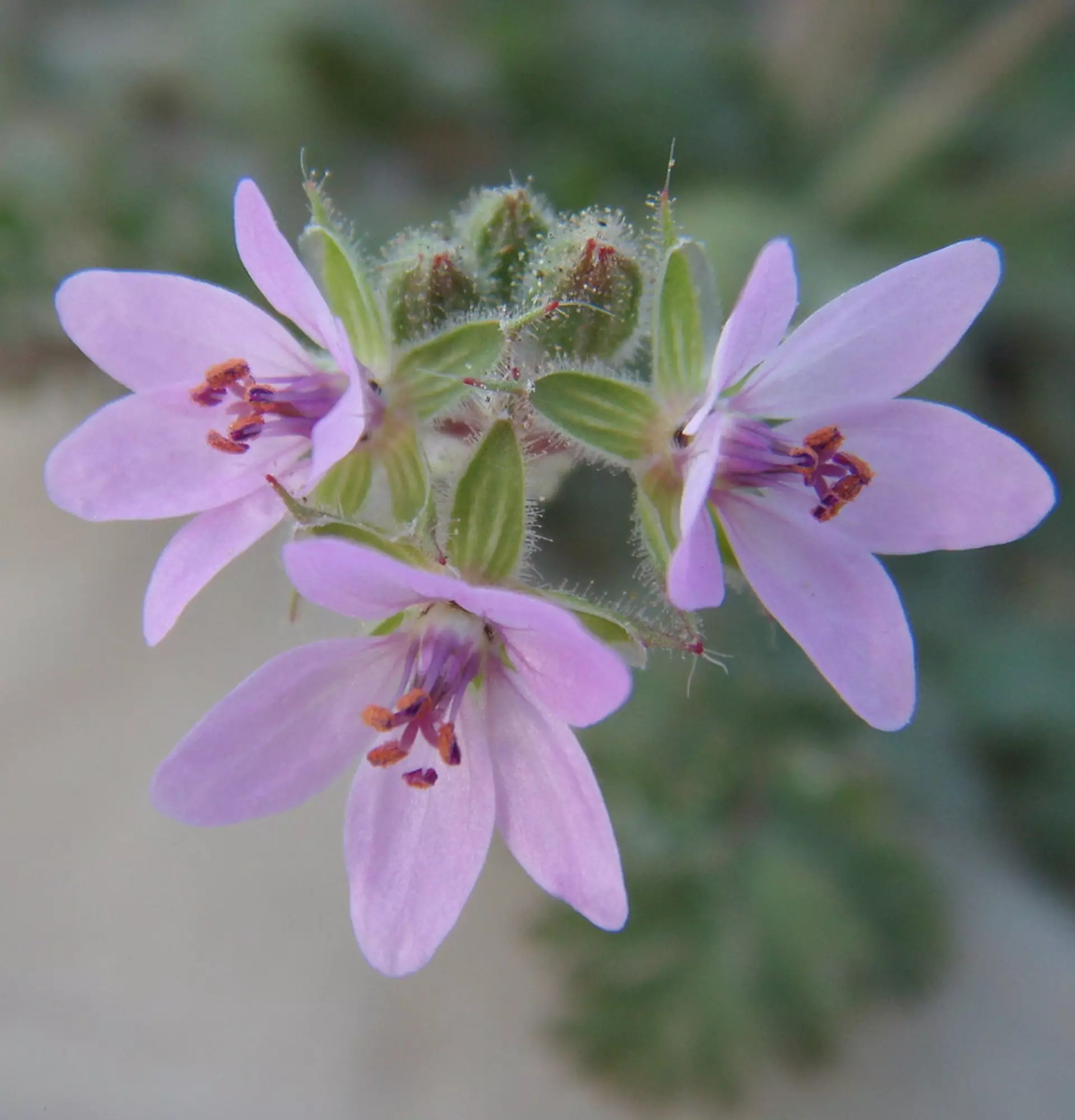
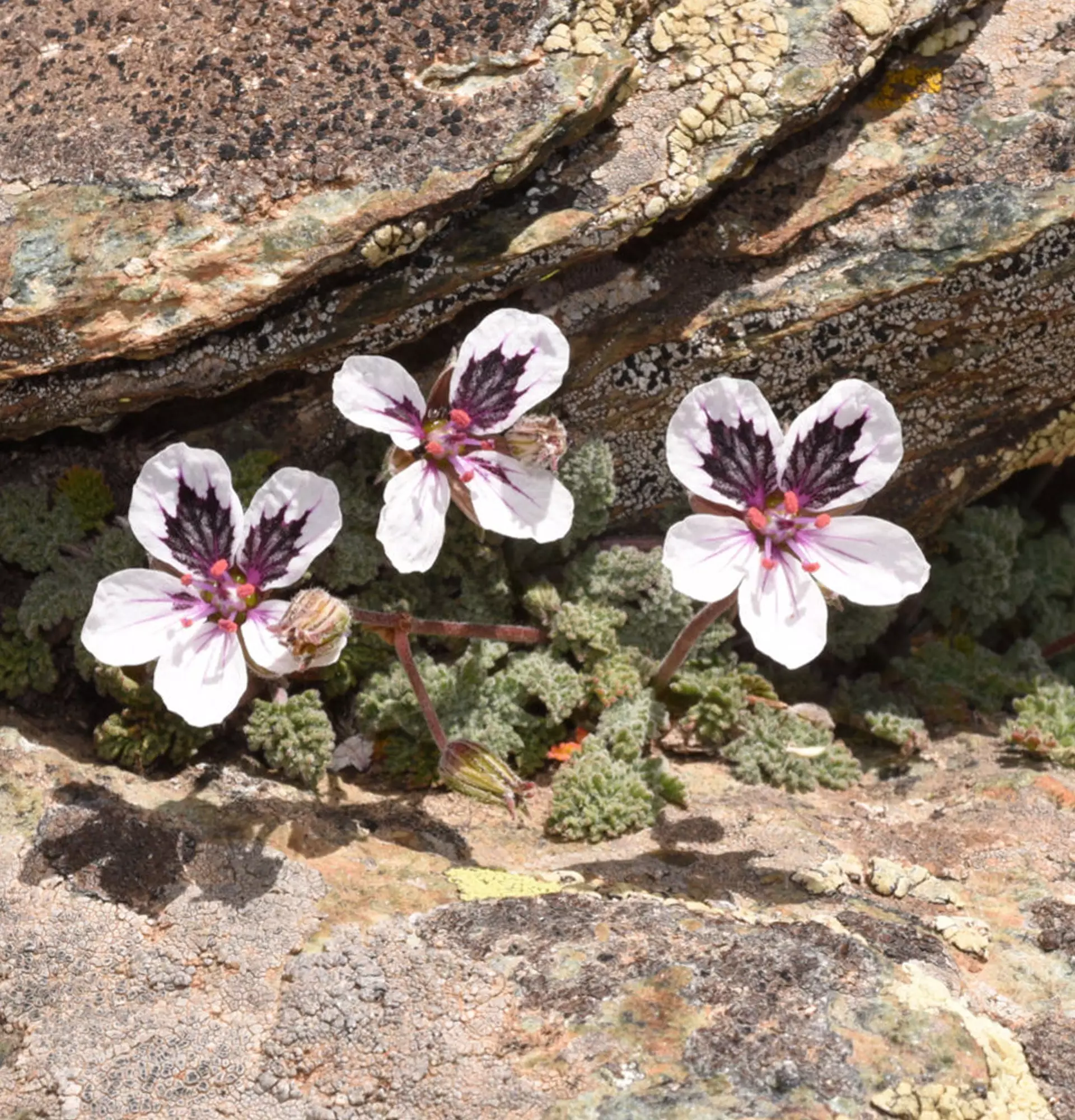
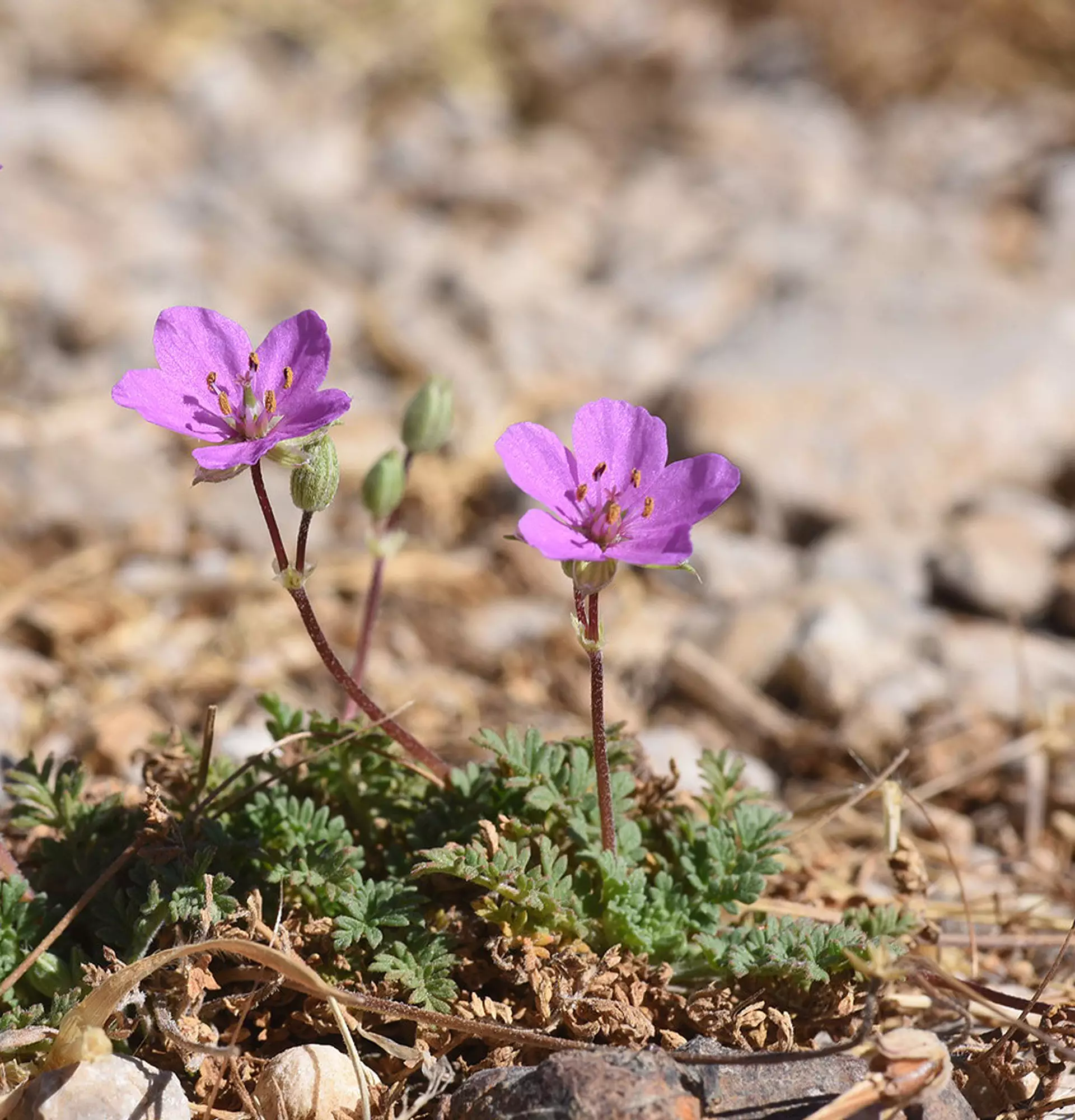
Write comments
Comments